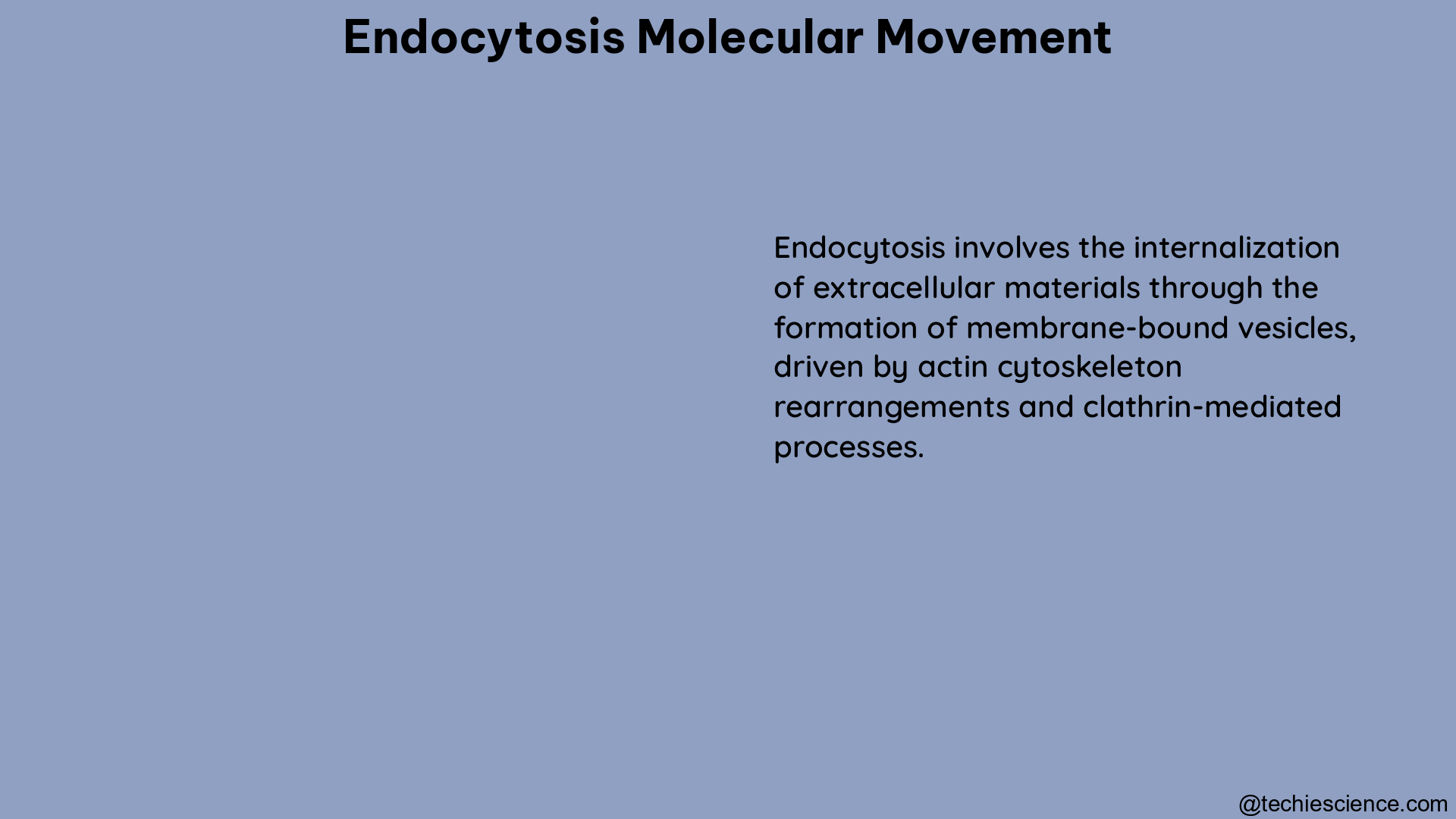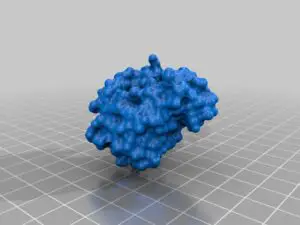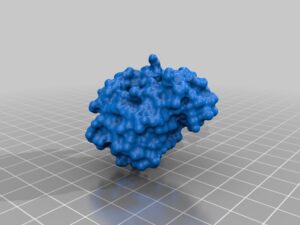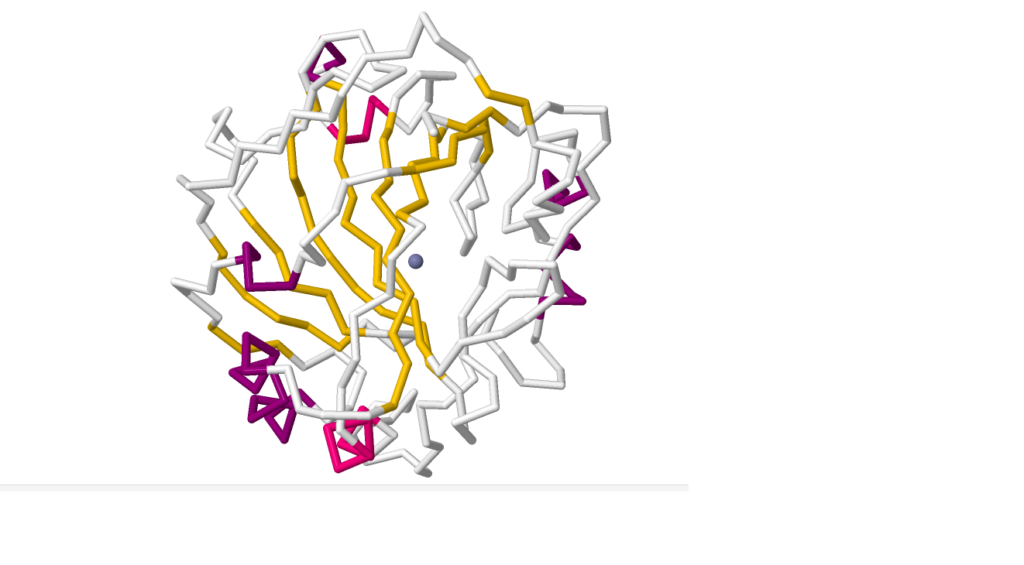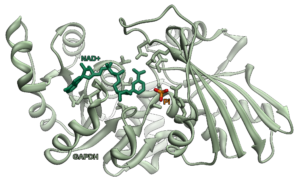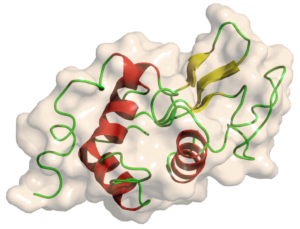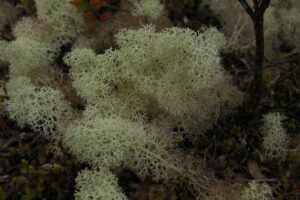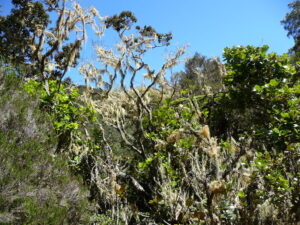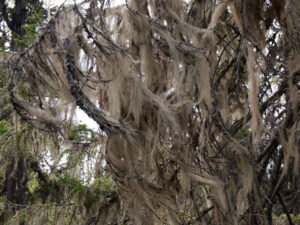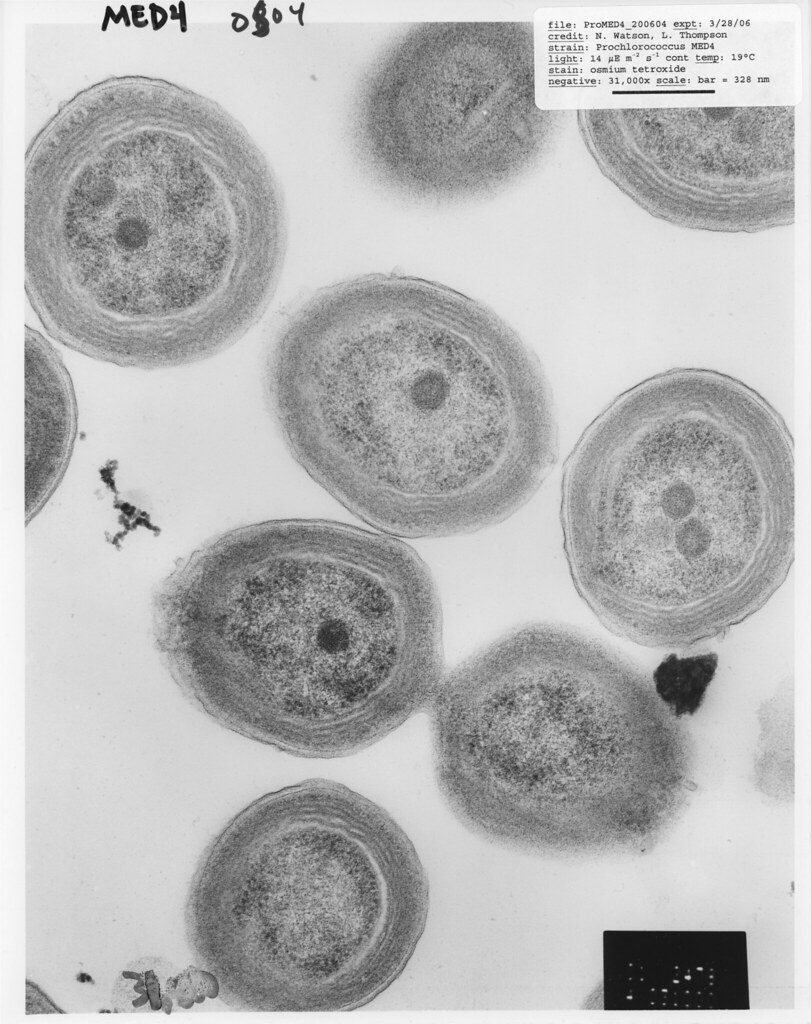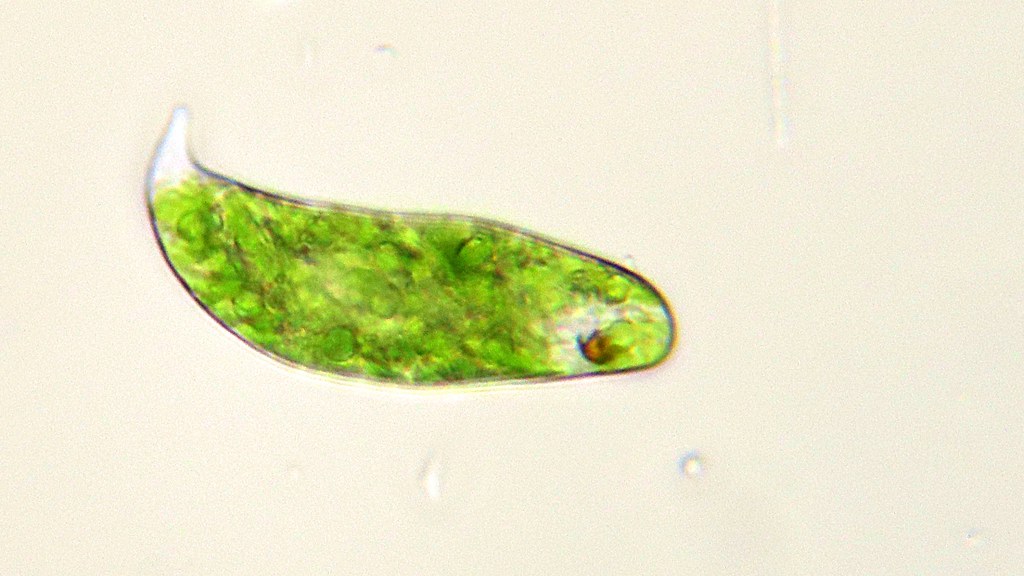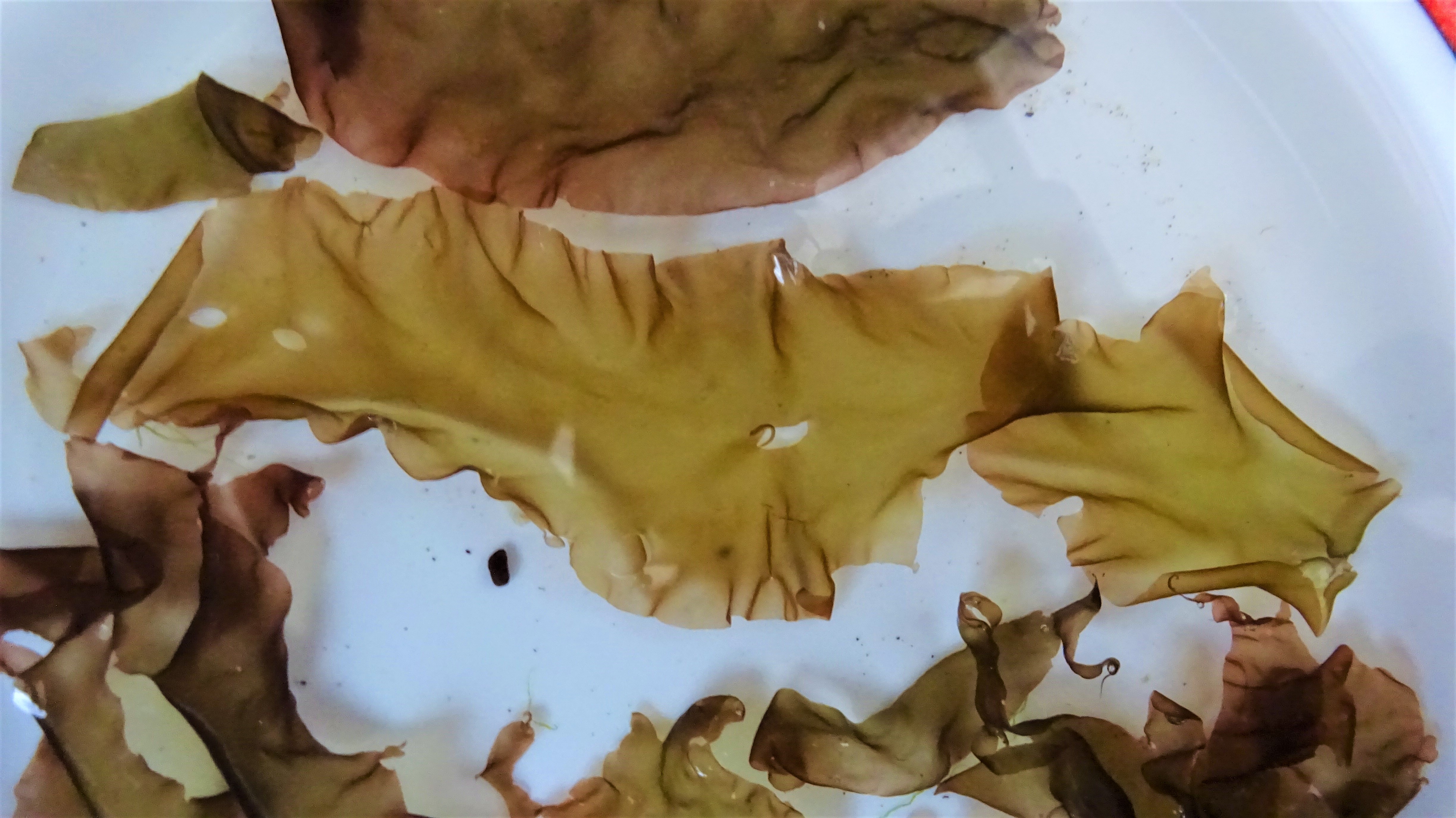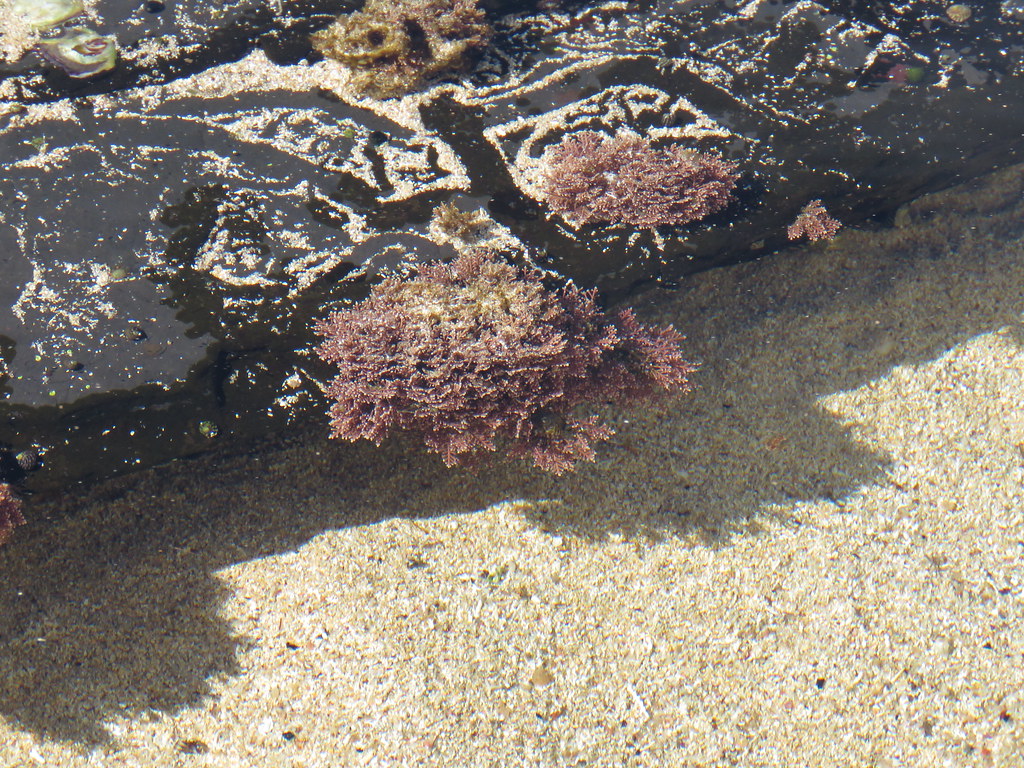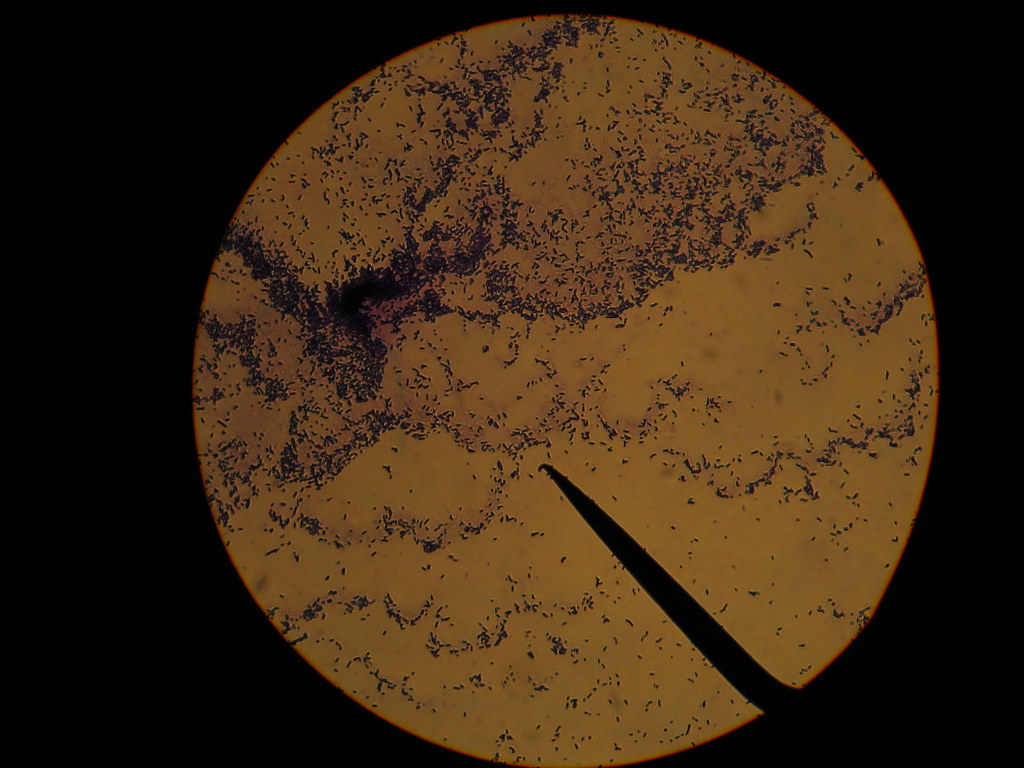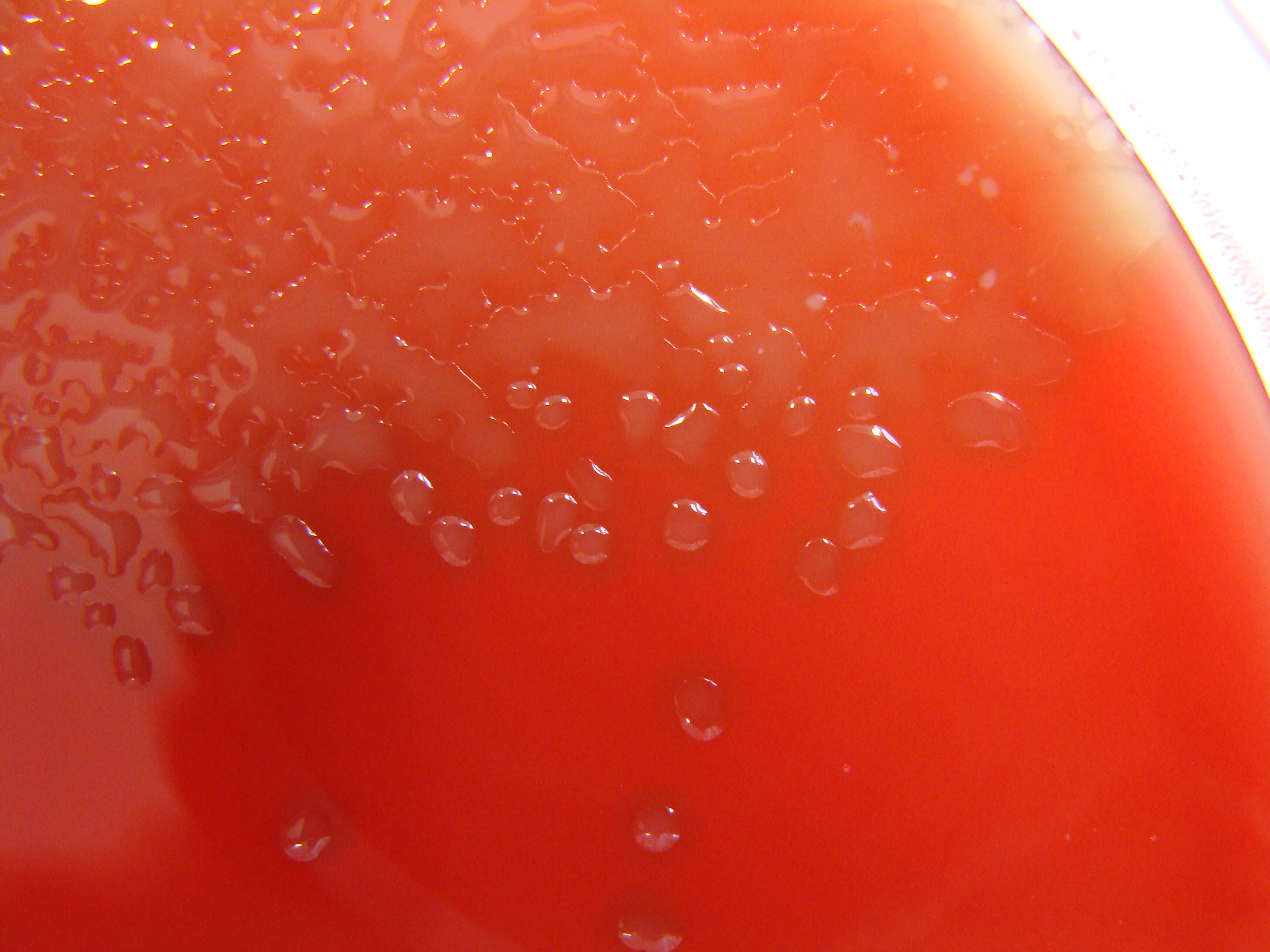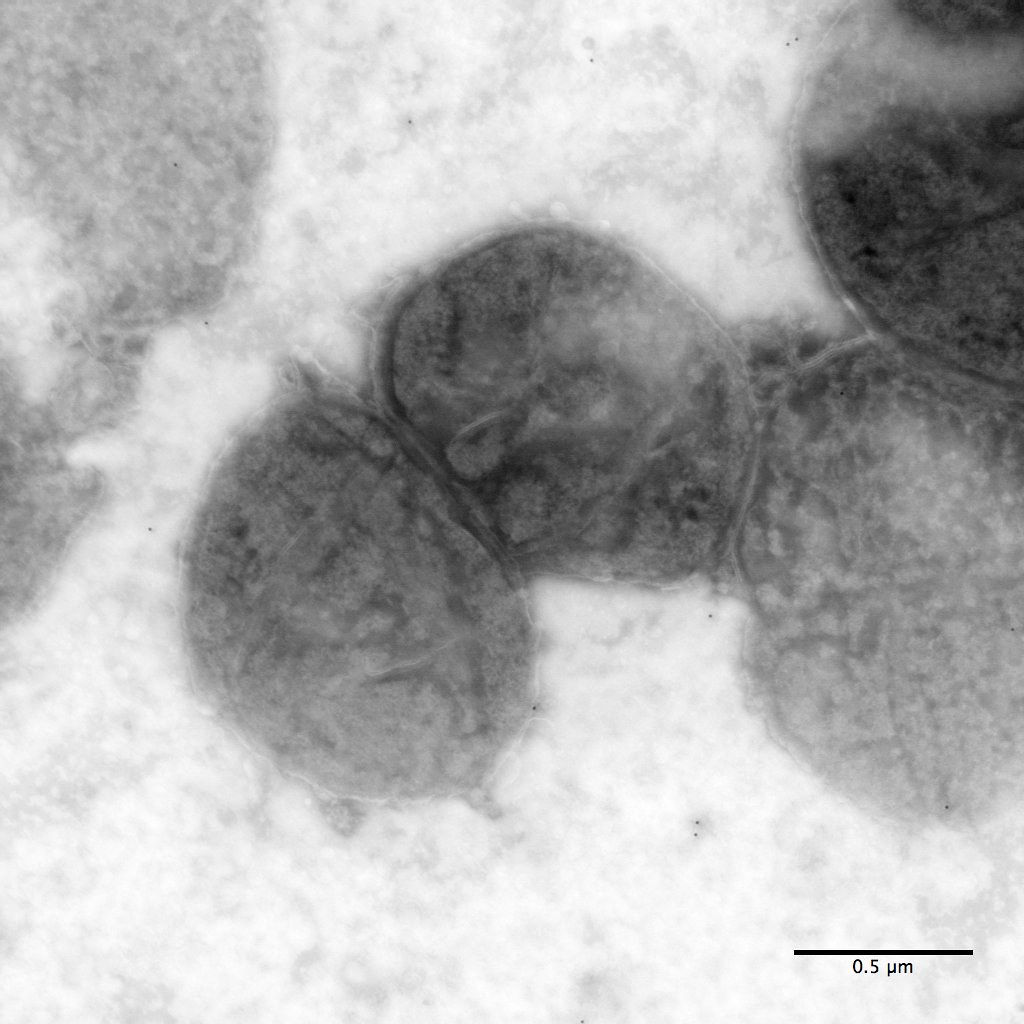Protists, a diverse group of eukaryotic organisms, have been a subject of debate when it comes to their classification and phylogeny. The question of whether protists are monophyletic or not is a complex one, and the answer depends on the specific criteria used for classification.
Understanding Monophyly
Monophyly refers to a group of organisms that includes the most recent common ancestor and all its descendants. In other words, a monophyletic group is a natural group that shares a unique common ancestor. This is in contrast to paraphyletic and polyphyletic groups, which do not share a common ancestor or exclude some of their descendants, respectively.
The Historical Perspective on Protist Classification

Historically, protists were grouped together in the kingdom Protista, which was a wastebasket taxon that included all eukaryotes that did not fit into the other three kingdoms (Animalia, Plantae, and Fungi). This classification was based on the shared characteristics of being eukaryotic organisms that were not animals, plants, or fungi.
The Advent of Molecular Data and Phylogenetic Analyses
However, with the advent of molecular data and phylogenetic analyses, it has become clear that the traditional classification of protists is artificial and polyphyletic, meaning that the group includes organisms that do not share a common ancestor.
The Seven Groups of Protists
Modern phylogenetic analyses based on molecular data suggest that the seven groups of protists (Amoebozoa, Excavata, Archaeplastida, Rhizaria, Chromalveolata, Hacrobia, and Incertae sedis) are monophyletic when comparing specific characteristics. These groups are defined based on their unique features, such as the presence or absence of certain organelles, the mode of nutrition, and the structure of their cells.
Measurable and Quantifiable Data Supporting Paraphyly
However, when all the diversity of protists is considered, the group as a whole is paraphyletic, meaning that it excludes some of its descendants. There are measurable and quantifiable data that support this:
- Freshwater Ciliated Protist Communities: A study on freshwater ciliated protist communities found measurable species-specific differences in prey ingestion, indicating that these organisms are not closely related.
- Reproducing Protists or Protistan Biological Species: Another study on reproducing protists or protistan biological species found that individual samples showed measurable and informative biological differences, further supporting the paraphyly of protists.
Ongoing Revisions in Protist Classification
It is important to note that the classification of protists is still evolving, and new molecular data and phylogenetic analyses may lead to further revisions in the future. As our understanding of the evolutionary relationships among protists continues to improve, the debate over their monophyly or paraphyly may be resolved with more certainty.
Key Takeaways
- Protists are a diverse group of eukaryotic organisms, and their classification has been a subject of debate.
- Monophyly refers to a group of organisms that includes the most recent common ancestor and all its descendants.
- Historically, protists were grouped together in the kingdom Protista, which was a wastebasket taxon.
- Modern phylogenetic analyses suggest that the seven groups of protists are monophyletic when comparing specific characteristics.
- However, the group of protists as a whole is paraphyletic, as supported by measurable and quantifiable data.
- The classification of protists is still evolving, and new molecular data and phylogenetic analyses may lead to further revisions in the future.
References
- Bio 2: Protists Flashcards – Quizlet. https://quizlet.com/185038087/bio-2-protists-flash-cards/
- Protista – an overview | ScienceDirect Topics. https://www.sciencedirect.com/topics/immunology-and-microbiology/protista
- Biology Practical Midterm Flashcards – Quizlet. https://quizlet.com/492290826/biology-practical-midterm-flash-cards/
- Correlation between fresh water ciliated protist communities andtheir micro-ecology. https://www.researchgate.net/publication/332550309_CORRELATION_BETWEEN_FRESH_WATER_CILIATED_PROTIST_COMMUNITIES_ANDTHEIR_MICRO-ECOLOGY
- Current practice in the approach to species – Mallet Group. https://mallet.oeb.harvard.edu/sites/hwpi.harvard.edu/files/malletlab/files/hoef-emdenbass_in_boenigk_2012.pdf?m=1450219355
